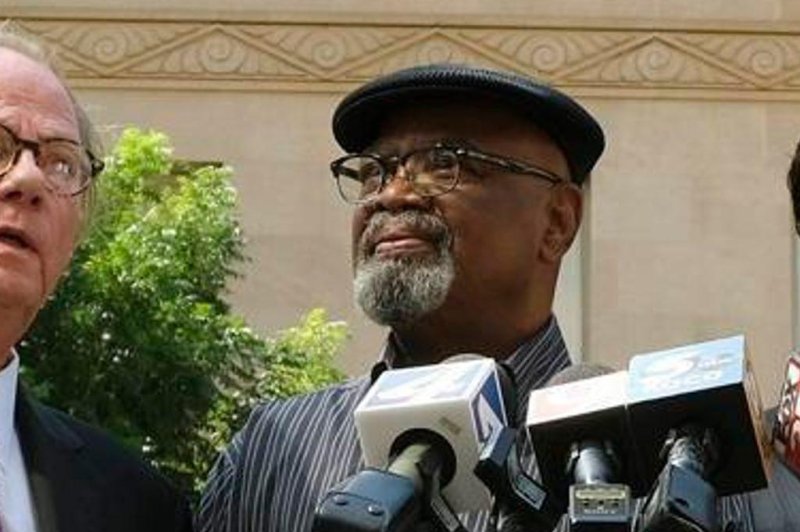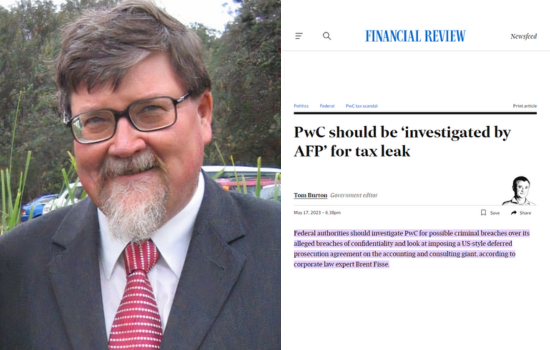
A Friday report from the Death Penalty Information Center said 24 people were executed in the United States in 2023. Three death row inmates, including Glynn Simmons, shown here, were exonerated.
Dec. 1 (UPI) -- For the ninth consecutive year, fewer than 30 people were executed in the United States in 2023 and fewer than 50 were sentenced to death as of Friday, according to the Washington, D.C.-based Death Penalty Information Center.
Texas and Florida accounted for more than half of this year's 24 executions. In 2022,18 people were put to death in the United States.
"As has been historically true, prisoners of color were overrepresented among those executed and cases with white victims were more likely to be executed," a statement from the nonprofit center said Friday.
"Nine of the 24 prisoners executed were people of color. The vast majority of crimes for which defendants were executed this year (79%) involved white victims."
Related
Oklahoma executes inmate as Alabama prepares to do same later today
Before his execution, Michael Tisius expresses remorse for killing Missouri jail guards
And for the first time, a Gallup poll shows most Americans think the death penalty is administered unfairly, by a margin of 50% to 47%.
A majority of U.S. states, 29, have abolished the death penalty or paused executions by executive order. Three death row prisoners were exonerated this year, according to the center.
"The data show that most Americans no longer believe the death penalty can be imposed fairly," center executive director Robin M. Maher said in a statement.
"That important change can also be seen in the unprecedented show of support for death-sentenced prisoners from conservative lawmakers and elected officials this year, some of whom now oppose use of the death penalty in their state."
Florida had six executions and five new death sentences in 2023.
The center said use of capital punishment is still geographically isolated, with nearly all executions occurring in the South.
Just four other states put people to death in 2023 -- Alabama (2), Missouri (4), Oklahoma (4), and Texas (8).
Seven states sentenced people to death in 2023. They were Alabama, Arizona, California, Florida, Louisiana, North Carolina and Texas.
According to the center, "79% of the people executed this year had at least one of the following impairments: serious mental illness; brain injury, developmental brain damage, or an IQ in the range considered intellectually disabled; and/or chronic serious childhood trauma, neglect and/or abuse."
In a report published Friday, the center looked at capital punishment in Missouri, where four people were executed in 2023. The report said Missouri has a substantial history of racial violence directed at Black people.
"One of the most clear and persistent racial disparities in death sentencing concerns the overrepresentation of white victims among cases resulting in a death sentence," the report said.
"In Missouri, homicides involving white victims are seven times more likely to result in an execution than those with Black victims. ... Statistical analyses have found that broad prosecutorial discretion is one reason for continuing racial disparities in capital sentencing."
The center noted that of all death sentences in Missouri since 1972, 80% involved White victims, even though they are roughly 36% of homicide victims in the state. According to 2020 homicide data, the group said, Missouri had the highest Black homicide victimization rate in the country for the seventh year in a row.
This undated file photo shows the gurney in the death chamber in Huntsville, Texas. An annual report released Friday, Dec. 1, 2023, on capital punishment says more Americans now believe the death penalty is administered unfairly.
BY JUAN A. LOZANO
December 1, 2023
HOUSTON (AP) — More Americans now believe the death penalty, which is undergoing a yearslong decline of use and support, is being administered unfairly, a finding that is adding to its growing isolation in the U.S., according to an annual report on capital punishment.
But whether the public’s waning support for the death penalty and the declining number of executions and death sentences will ultimately result in the abolition of capital punishment in the U.S. remains uncertain, experts said.
“There are some scholars who are optimistic the death penalty will be totally eradicated pretty soon,” said Eric Berger, a law professor at the University of Nebraska-Lincoln. “I think what’s more likely is it’s going to continue to decline. But I think it’s less likely that in the foreseeable future it’ll totally disappear.”
In 2023, there were 24 executions in the U.S., with the final one for the year taking place Thursday in Oklahoma. Additionally, 21 people were sentenced to death in 2023, which was the ninth consecutive year where fewer than 30 people were executed and fewer than 50 people received death sentences, according to a report by the Washington, D.C.-based Death Penalty Information Center.
Only five states — Texas, Florida, Missouri, Oklahoma, and Alabama — conducted executions this year. That was the lowest number in 20 years, said Robin M. Maher, executive director of the nonprofit center, which takes no position on capital punishment but has criticized the way states carry out executions
“That shows the death penalty is again becoming increasingly isolated in its use in the United States,” Maher said.
A Gallup poll from October found 50% of Americans believe capital punishment is applied unfairly, compared to 47% who believe it is fairly implemented, Maher said. This was the highest such number since Gallup first began asking about the fairness of the death penalty’s application in 2000.
Catherine Grosso, a professor with Michigan State University’s College of Law, said the Gallup survey result could be tied in part to more young people and others questioning the U.S. criminal justice system following the 2020 killing of George Floyd by a police officer.
Nearly 200 death row exonerations since 1975, including three in 2023, also have helped changed people’s minds about the fairness of the death penalty, Maher said.
In recent years, various individuals across the country, including conservative legislators, have raised concerns about the death penalty or debated its future, Grosso said.
But in some states including Alabama, Florida, Oklahoma and Texas, the death penalty remains deeply entrenched, Berger said.
Earlier this year, Florida Gov. Ron DeSantis signed bills enacting two new death penalty laws. One allows the death penalty in child rape convictions, despite a U.S. Supreme Court ruling banning capital punishment in such cases. The other law ends a unanimous jury requirement in death penalty sentencing.
“If you commit a crime that is really, really heinous, you should have the ultimate punishment,” DeSantis said in May, commenting on the death penalty for child rape convictions.
Ongoing difficulties by states in securing supplies of execution drugs have prompted some states to explore new and untested methods of execution or revive previously abandoned ones, according to the center’s report.
Alabama has set a January execution date for what would be the nation’s first attempt to execute an inmate with nitrogen gas. In July, Idaho became the fifth state to authorize executions by firing squad. The last time a U.S. inmate was executed by firing squad was in 2010.
The center’s report said a majority of states, 29, have either abolished the death penalty or paused executions.
Corinna Lain, a professor at the University of Richmond School of Law in Virginia, said she thinks the number of states that don’t have the death penalty could easily rise to 40. But a nationwide ban would need action from the U.S. Supreme Court.
Lain and other experts said that’s unlikely to happen as recent actions show the high court is not going to get in the way of states carrying out executions. The center’s report said the Supreme Court granted only one stay of execution out of 34 such requests made since its 2022-23 term.
Texas, the nation’s busiest capital punishment state, has not been immune to the ongoing debate over the death penalty.
Earlier this year, the GOP-led Texas House passed a bill that would eliminate the death penalty in cases involving someone was diagnosed with schizophrenia. The bill ultimately failed as it was never taken up by the Texas Senate.
GOP state Rep. Jeff Leach said in March the bill was not part of a secret effort to do away with the death penalty in Texas.
“I believe that in Texas we need the death penalty,” Leach said. “But I am, as a supporter of the death penalty, against executing people who at the time they commit the offense had a severe mental illness.”
Even in Texas, there can be some change with the death penalty, Berger said.
“But you can’t see the kind of change where you could expect them to just say, ‘Ah, we’re done with capital punishment altogether.’ At least not yet,” Berger said.
___
Follow Juan A. Lozano on X, formerly Twitter: https://twitter.com/juanlozano70














